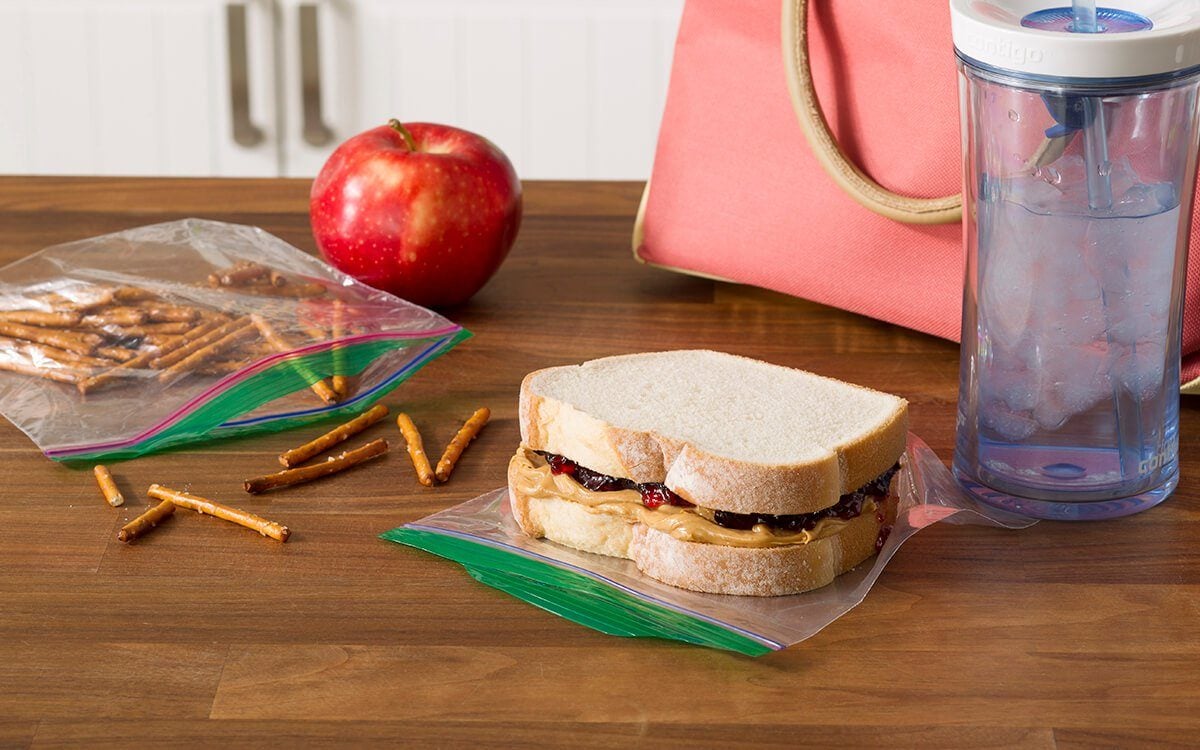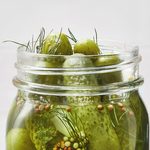Is It Safe to Wash and Reuse Resealable Bags?
We investigate when (and how) to make your zip-top bags reusable.

Getting the Most From Your Resealable Bags
Between packing lunch for the kids (and maybe yourself) and stashing leftovers, you probably go through a lot of resealable bags during the average week. I couldn’t help but wonder if those plastic bags really have to be thrown away after every use—or if it’s possible to wash and reuse them.
Yes, You Can Reuse Resealable Bags!
The verdict? You can absolutely use resealable bags more than once as long as you wash them properly. One easy way to do that is by sticking them in the dishwasher. Just make sure they are turned inside out so that the soap and water clean the dirty side. Place them on the top rack and run the dishwasher as normal. (And make sure you always add this ingredient to your dishwasher.)
You can also wash your resealable bags by hand. Again, start by turning them inside out. Then use warm, soapy water to clean. It’s important to stay away from super-hot water because that can impact the plastic and increase the chance that BPA chemicals will spread to your food. (That’s just one of 50 reasons you should cut down on plastic.) And make sure you let the bags dry completely to avoid any mold or mildew.
Another thing to keep in mind is that the quality of the bag will affect whether or not you’re able to reuse it. Freezer bags tend to be thicker and sturdier, which makes them better candidates for multiple uses than a regular bag.
But There’s One Exception
If you have used a resealable bag for raw meat (like for marinating fish or just storing extra chicken breasts), do not reuse it. You run the risk of cross-contamination which is a big no-no, so toss those bags in the trash. This also applies to greasy food or food that leaves residue that can’t be removed completely.
By learning how to reuse your resealable bags, you can cut your waste in the kitchen in half (or even more if you’re able to get more than two uses out of a bag) and save money while you save the environment. Just make sure you sanitize first!
Next, find out how to clean a water bottle thoroughly.



